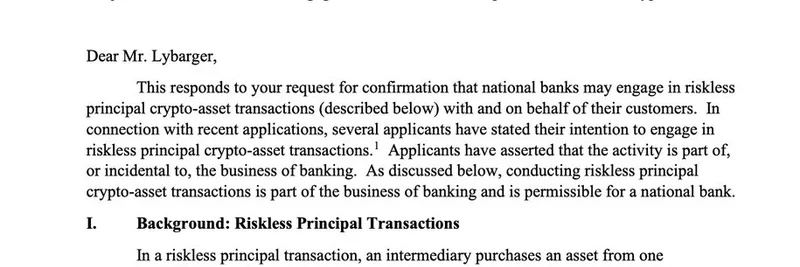In the fast-paced world of crypto, where meme tokens can skyrocket or crash in seconds, speed is everything. That's why a recent discussion from the Solana Incubator caught our eye. In a tweet shared by @incubator, Austin Federa from @DoubleZero breaks down how their project is tackling one of blockchain's biggest bottlenecks: the public internet's limitations.
Why the Current Internet Falls Short for Crypto
Let's start with the basics. The public internet we all use daily is designed for cost-efficiency, not blistering speed or reliability. Think about it – when you're scrolling through memes or watching videos, a slight delay doesn't ruin your day. But in crypto, especially with high-volume trading on Solana where meme tokens like dog-themed coins or viral projects thrive, every millisecond counts.
Federa explains it like this: Traditional finance giants on Wall Street use private fiber networks for ultra-low latency trades. Meanwhile, the public internet routes data in roundabout ways to save costs – your transaction might bounce from New York to Chicago to Dallas before heading overseas. This indirect routing can add hundreds of milliseconds, which in meme token sniping or arbitrage, means missing out on profits.
DoubleZero aims to change that by creating a decentralized alternative – essentially, a "new internet" optimized for blockchain workloads. It's not about replacing the public internet but supplementing it with a network where multiple independent contributors provide fiber, ensuring no single entity controls it. This setup brings crypto closer to the speed of private networks while keeping the decentralized ethos intact.
How DoubleZero Boosts Solana and Meme Tokens
Solana is already a hotspot for meme tokens due to its low fees and high throughput. Projects like Pump.fun have made launching and trading memes easier than ever, but network congestion can still slow things down. DoubleZero integrates at the low levels of the tech stack (OSI layers 1-3), allowing validators to connect via a software tunnel that appears as a new network interface on their machines.
Key perks include:
- Multicast Technology: Instead of validators relaying data in a chain (like Solana's current Turbine system), multicast replicates packets hardware-accelerated, speeding up consensus and state propagation. This could shorten block times and pack in more transactions – perfect for meme token pumps where volume spikes.
- Fairness and Speed: No more asymmetry where some nodes get info faster. Everyone on the network gets updates simultaneously, reducing advantages for well-connected players and leveling the field for retail traders chasing the next big meme.
- Economic Model: Validators pay a small seat fee (about 5% of block rewards) in DoubleZero's native token. Half gets burned, half rewards bandwidth contributors. This incentivizes a robust network, potentially leading to tighter spreads and better on-chain liquidity for meme tokens.
Federa highlights how this could make Solana 10x or even 100x faster over time, enabling more exotic DeFi protocols and shifting price discovery away from centralized exchanges like Binance. For meme token enthusiasts, imagine snagging a hot new token before the herd, with transactions confirming at "speed of light" levels.
Broader Implications for Web3 and Beyond
While focused on Solana initially, DoubleZero's tech could extend to other blockchains or even non-crypto uses like AI model training or live gaming. It's collaborating with projects like Jito and Shredstream to enhance RPCs and transaction flows.
In the tweet here, Federa draws parallels: Just as Zoom and Instagram rely on private fibers behind the scenes, crypto needs the same for global scale. This isn't just tech jargon – it's about making blockchain viable for real-world, high-stakes applications, including the wild world of meme tokens.
If you're diving into Solana memes, keep an eye on DoubleZero. It could be the infrastructure upgrade that takes your trading game to the next level. What's your take on this? Drop a comment or check out more on Meme Insider for the latest in web3 trends.


